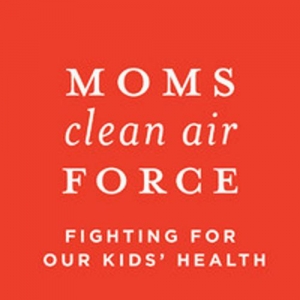Sharing on a Pinterest board is a hobby millions of people enjoy. Many marketers, especially national brand marketers, quickly followed the passionate pinners online and began doing what marketers do best. They did everything possible to encourage people to pin information about their brands. So far, so good except now the Federal Trade Commission (FTC) says some of the activity can seem a little too much like an undisclosed endorsement. That is a huge blow for organizations running social media contests.
In a March 20 letter to the attorneys for shoe manufacturer Cole Haan, the FTC’s Mary Engle wrote that a contest Cole Haan had sponsored created a situation where “…participants’ pins featuring Cole Haan products were endorsements of the Cole Haan products, and the fact that the pins were incentivized by the opportunity to win a $1000 shopping spree would not reasonably be expected by consumers who saw the pins.”
Engle, the FTCs Associate Director for Advertising, said the agency would not recommend enforcement action because they had not previously addressed whether a contest entry is a form of material connection. They also had not yet commented on “whether a pin on Pinterest may constitute an endorsement”. Cole Haan apparently worked with the FTC and adopted a social media policy that would similarly address any similar promotions in the future.
This is important. Read the words again.
The FTC has publicly said that “entry into a contest to receive a significant prize in exchange for endorsing a product through social media constitutes a material connection”.
You already know that people endorsing your brand for an incentive must disclose the relationship. Now the FTC is saying that requiring one of your products to be pinned on a Pinterest board for a contest entry requires that same disclosure. Guidance for other social media contests may be issued, and that is something you should watch for.
Your takeaway as a small business leader is to understand how even innocuous-seeming contest entries in social media channels can create the “material consideration” relationship the FTC warns everyone about. You should talk with your attorney once and have that person help you create boilerplate you can repurpose later. Not doing so is to create a lot of risk for not much reward.
The link to the FTC’s letter to Cole Haan is in PDF at their site.

